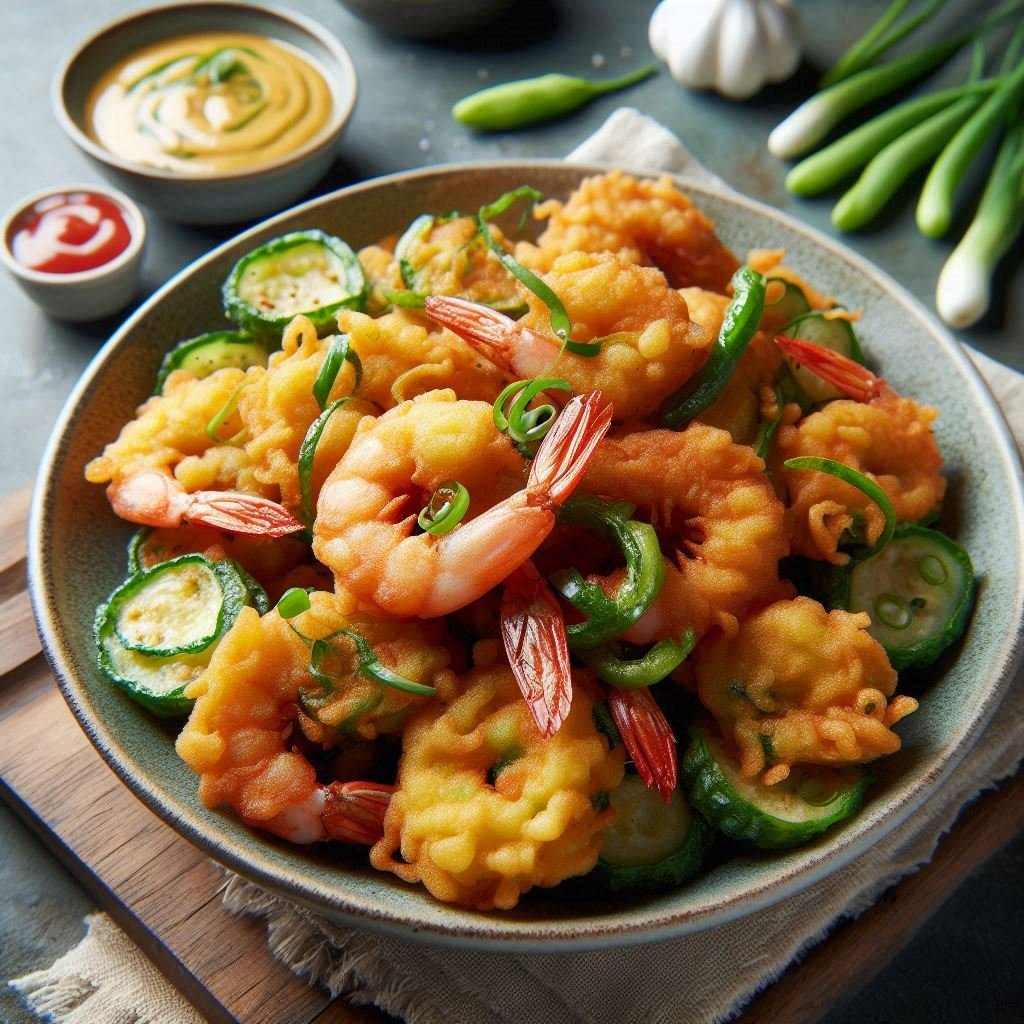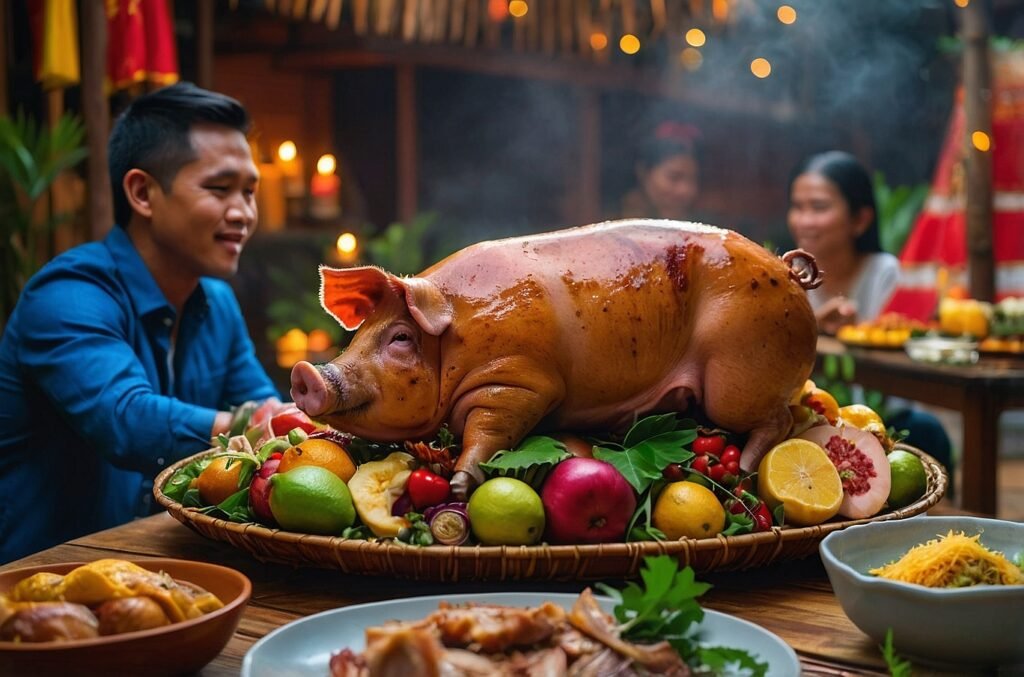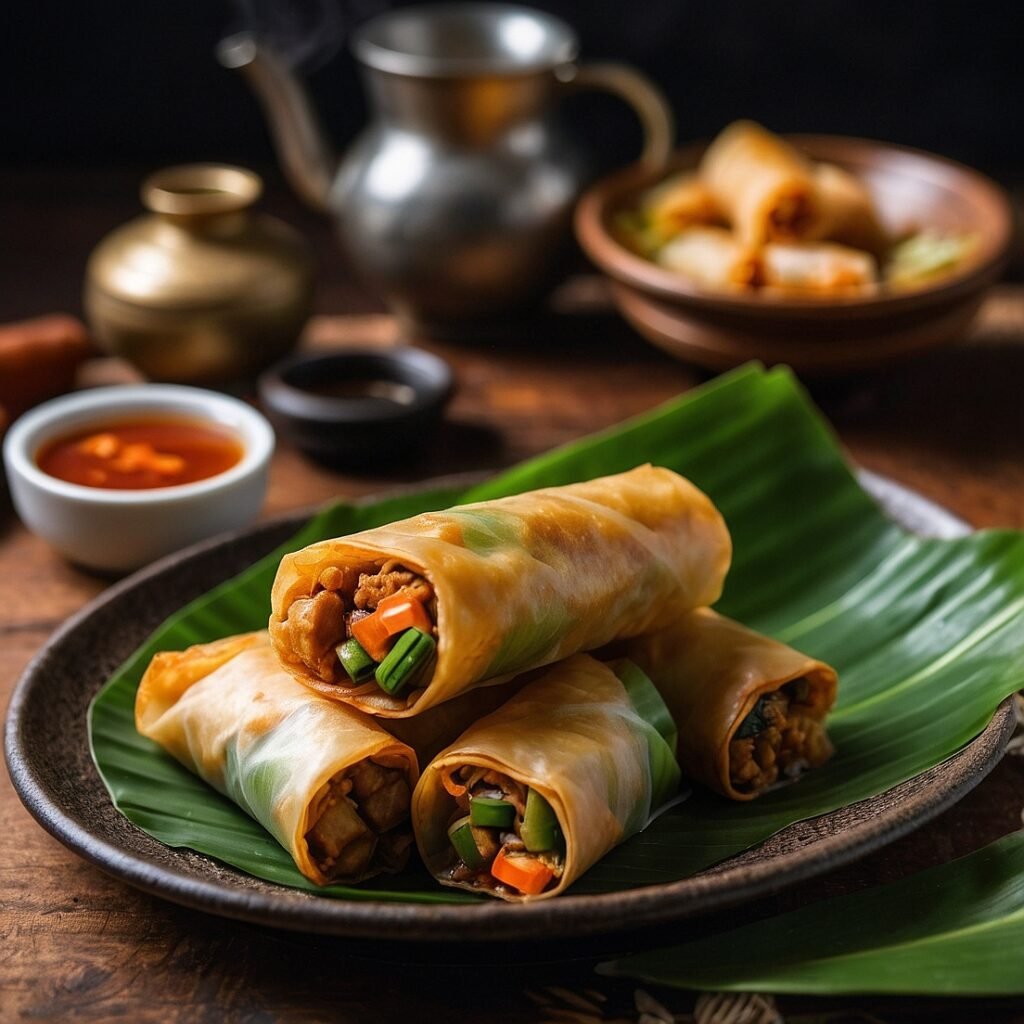Ukoy, also known as okoy or cucur udang in some regions, is a popular Filipino appetizer or snack that has captivated taste buds across the archipelago and beyond. These crispy shrimp and vegetable fritters are a testament to the rich culinary heritage of the Philippines, combining local ingredients with time-honored cooking techniques. In this comprehensive guide, we will explore the history, ingredients, preparation methods, nutritional value, and cultural significance of ukoy, providing you with a deep understanding of this beloved dish.
The Rich History of Ukoy
Origins and Evolution
The exact origins of ukoy are shrouded in the mists of time, but it is believed to have evolved from the culinary traditions of pre-colonial Philippines. The abundance of seafood and vegetables in the coastal regions likely contributed to the development of this dish. Over the centuries, ukoy has undergone various transformations, with different regions adding their unique twists to the recipe.
Regional Variations
As with many traditional dishes, ukoy has numerous regional variations across the Philippines. In some areas, it is known as okoy, while in others, it may be called shrimp fritters or vegetable fritters. The ingredients and preparation methods can vary significantly from one region to another, reflecting the diverse culinary landscape of the country. For instance, in some coastal areas, ukoy may feature a higher proportion of seafood, while inland regions might emphasize vegetables more heavily.
Key Ingredients and Their Significance
Primary Components
The foundation of ukoy typically consists of the following key ingredients:
- Shrimp: Small, fresh shrimp are the star of the dish, providing a delicate seafood flavor and a pleasant texture.
- Vegetables: Common choices include bean sprouts, carrots, and sweet potatoes, which add crunch, nutrition, and visual appeal.
- Flour: All-purpose flour or rice flour serves as the binding agent, creating a crispy exterior when fried.
- Eggs: These help to bind the ingredients together and contribute to the fritter’s structure.
- Seasonings: Garlic, salt, and pepper are typically used to enhance the overall flavor profile.
Regional Ingredient Variations
To illustrate the diversity of ukoy across different regions, let’s examine a comparison table of ingredients used in various parts of the Philippines:
| Region | Primary Protein | Unique Vegetable Addition | Special Seasoning |
|---|---|---|---|
| Luzon | Small shrimp | Kalabasa (squash) | Annatto seeds |
| Visayas | Mud crabs | Malunggay leaves | Lemongrass |
| Mindanao | Tuna flakes | Camote tops | Turmeric |
| Palawan | Squid | Seaweed | Kalamansi juice |
This table demonstrates how the basic ukoy recipe can be adapted to incorporate local ingredients and preferences, resulting in a rich tapestry of flavors across the country.
The Art of Preparing Ukoy
Traditional Preparation Method
The process of making ukoy is an art form that has been passed down through generations. Here’s a step-by-step overview of the traditional preparation method:
- Ingredient Preparation: Begin by cleaning and deveining the shrimp, then julienning or grating the vegetables.
- Batter Creation: Mix flour, eggs, and seasonings to create a smooth batter that will bind the ingredients together.
- Combining Components: Gently fold the shrimp and vegetables into the batter, ensuring even distribution.
- Frying Technique: Heat oil in a wok or deep fryer to the optimal temperature (around 350°F or 175°C).
- Shaping and Cooking: Carefully drop spoonfuls of the mixture into the hot oil, flattening them slightly to form disc-shaped fritters.
- Achieving Crispiness: Fry the ukoy until golden brown and crispy, usually for 2-3 minutes per side.
- Draining and Serving: Remove the fritters from the oil and drain on paper towels to remove excess oil.
Modern Adaptations and Cooking Methods
In recent years, health-conscious cooks have developed alternative methods for preparing ukoy that reduce oil consumption while maintaining the dish’s signature crispiness. Some popular modern adaptations include:
- Air Fryer Ukoy: Utilizing hot air circulation to achieve a crispy texture with minimal oil.
- Baked Ukoy: Oven-baking the fritters on a preheated baking sheet for a lighter version.
- Gluten-Free Options: Substituting traditional flour with alternatives like chickpea or almond flour.
These modern approaches demonstrate the versatility of ukoy and its ability to adapt to contemporary dietary preferences.
Nutritional Profile and Health Considerations
Nutritional Breakdown
To better understand the nutritional value of ukoy, let’s examine a typical serving (100g) of traditional shrimp and vegetable ukoy:
| Nutrient | Amount per 100g | % Daily Value* |
|---|---|---|
| Calories | 250 | 12.5% |
| Protein | 12g | 24% |
| Total Fat | 14g | 18% |
| Saturated Fat | 2g | 10% |
| Carbohydrates | 22g | 7% |
| Dietary Fiber | 3g | 11% |
| Sodium | 400mg | 17% |
| Vitamin A | 1500IU | 30% |
| Vitamin C | 15mg | 17% |
| Calcium | 80mg | 8% |
| Iron | 2mg | 11% |
*Percent Daily Values are based on a 2,000 calorie diet. Your daily values may be higher or lower depending on your calorie needs.
Health Benefits and Considerations
Ukoy offers several potential health benefits, primarily due to its diverse ingredient profile:
- Protein Source: The shrimp in ukoy provides high-quality protein essential for muscle maintenance and growth.
- Vegetable Nutrients: The inclusion of vegetables adds vitamins, minerals, and dietary fiber to the dish.
- Omega-3 Fatty Acids: Shrimp contains omega-3 fatty acids, which are beneficial for heart and brain health.
However, it’s important to consider the following health aspects:
- Calorie Density: Due to the frying process, ukoy can be relatively high in calories and fat.
- Sodium Content: The seasoning and potential use of fish sauce can contribute to a high sodium content.
- Allergen Awareness: Shrimp is a common allergen, and individuals with shellfish allergies should avoid ukoy.
Cultural Significance and Culinary Applications
Role in Filipino Cuisine
Ukoy holds a special place in Filipino cuisine, often served as:
- Appetizer (Pulutan): A popular choice to accompany alcoholic beverages during social gatherings.
- Snack (Merienda): A satisfying mid-afternoon treat enjoyed by people of all ages.
- Side Dish: A crunchy accompaniment to main courses, particularly with rice-based meals.
- Street Food: A beloved item sold by vendors in markets and busy urban areas.
Festive and Celebratory Significance
Ukoy frequently makes an appearance during various Filipino celebrations and occasions, including:
- Fiestas: Local community festivals often feature ukoy as part of the feast.
- Christmas and New Year: Many families include ukoy in their holiday menus.
- Lenten Season: As a seafood dish, ukoy is popular during the Catholic observance of Lent.
This cultural significance underscores the deep-rooted place of ukoy in Filipino culinary traditions and social fabric.
Pairing and Serving Suggestions
Traditional Accompaniments
To fully appreciate the flavors of ukoy, consider these traditional pairing options:
- Dipping Sauces:
- Spiced Vinegar (Sawsawan): A tangy dip made with vinegar, garlic, and chili peppers.
- Sweet Chili Sauce: A popular choice that balances sweetness with a mild heat.
- Banana Ketchup: A uniquely Filipino condiment that complements the savory fritters.
- Beverages:
- Cold Beer: The crispiness of ukoy pairs well with a cold lager or pilsner.
- Coconut Water: A refreshing, natural drink that balances the richness of the fritters.
- Calamansi Juice: A citrusy Filipino beverage that cuts through the oil and enhances flavors.
Modern Culinary Applications
Innovative chefs and home cooks have found creative ways to incorporate ukoy into contemporary dishes:
- Ukoy-Crusted Fish: Using crushed ukoy as a crispy coating for baked or pan-fried fish fillets.
- Ukoy Salad Topper: Crumbling ukoy over fresh green salads for added texture and flavor.
- Ukoy Taco Shell: Shaping the batter into larger discs to create crispy taco shells for fusion dishes.
These modern applications demonstrate the versatility of ukoy and its potential to evolve within the culinary landscape.
Sustainability and Ethical Considerations
Sustainable Sourcing
As the popularity of ukoy continues to grow, it’s crucial to consider the environmental impact of its primary ingredients, particularly shrimp. Here are some key points to consider:
- Shrimp Farming Practices: Opt for sustainably farmed or wild-caught shrimp to minimize environmental damage.
- Local Sourcing: Using locally sourced vegetables reduces transportation-related carbon emissions.
- Seasonal Ingredients: Incorporating seasonal produce ensures freshness and supports local agriculture.
Ethical Production
To promote ethical consumption of ukoy, consider the following practices:
- Fair Labor: Support businesses that ensure fair wages and safe working conditions for fishers and farmers.
- Responsible Packaging: Choose vendors who use eco-friendly packaging for takeaway ukoy.
- Food Waste Reduction: Properly store leftovers and consider composting vegetable scraps.
The Future of Ukoy: Trends and Innovations
Emerging Culinary Trends
The culinary world is constantly evolving, and ukoy is no exception. Here are some trends shaping the future of this beloved dish:
- Plant-Based Alternatives: Vegan versions of ukoy using plant-based shrimp substitutes and a variety of vegetables.
- Fusion Cuisine: Incorporating ukoy into international dishes, such as ukoy-topped pizzas or ukoy-inspired pasta.
- Gourmet Interpretations: High-end restaurants offering deconstructed or molecular gastronomy versions of ukoy.
Technological Innovations
Advancements in food technology are also influencing the production and distribution of ukoy:
- 3D Food Printing: Exploring the possibility of creating intricate ukoy shapes using food-safe 3D printers.
- Smart Packaging: Developing packaging solutions that maintain crispiness and extend shelf life.
- Automated Production: Implementing robotics in commercial kitchens to ensure consistent quality and increase production efficiency.
The Enduring Appeal of Ukoy
Ukoy, with its crispy texture, savory flavor, and rich cultural heritage, continues to captivate food enthusiasts around the world. From its humble origins in Philippine coastal communities to its current status as a beloved national dish, ukoy exemplifies the diversity and ingenuity of Filipino cuisine. Whether enjoyed as a traditional snack, reimagined in fusion cuisine, or adapted for modern dietary preferences, ukoy remains a testament to the enduring appeal of simple, flavorful food.
As we look to the future, it’s clear that ukoy will continue to evolve, influenced by culinary trends, technological innovations, and a growing awareness of sustainability. Yet, at its core, ukoy will always be a dish that brings people together, evoking memories of family gatherings, festive celebrations, and the simple joy of sharing good food.
By appreciating the history, preparation, and cultural significance of ukoy, we not only savor a delicious treat but also participate in the preservation and celebration of Filipino culinary heritage. So the next time you bite into a crispy ukoy, remember that you’re not just enjoying a snack – you’re partaking in a rich tradition that spans generations and continues to inspire culinary creativity around the globe.
Disclaimer: While every effort has been made to ensure the accuracy of the information presented in this article, culinary traditions and practices may vary. The nutritional information provided is an estimate and may not be applicable to all variations of ukoy. Readers are encouraged to consult local experts or conduct further research for specific regional variations. If you notice any inaccuracies, please report them so we can promptly make corrections.




